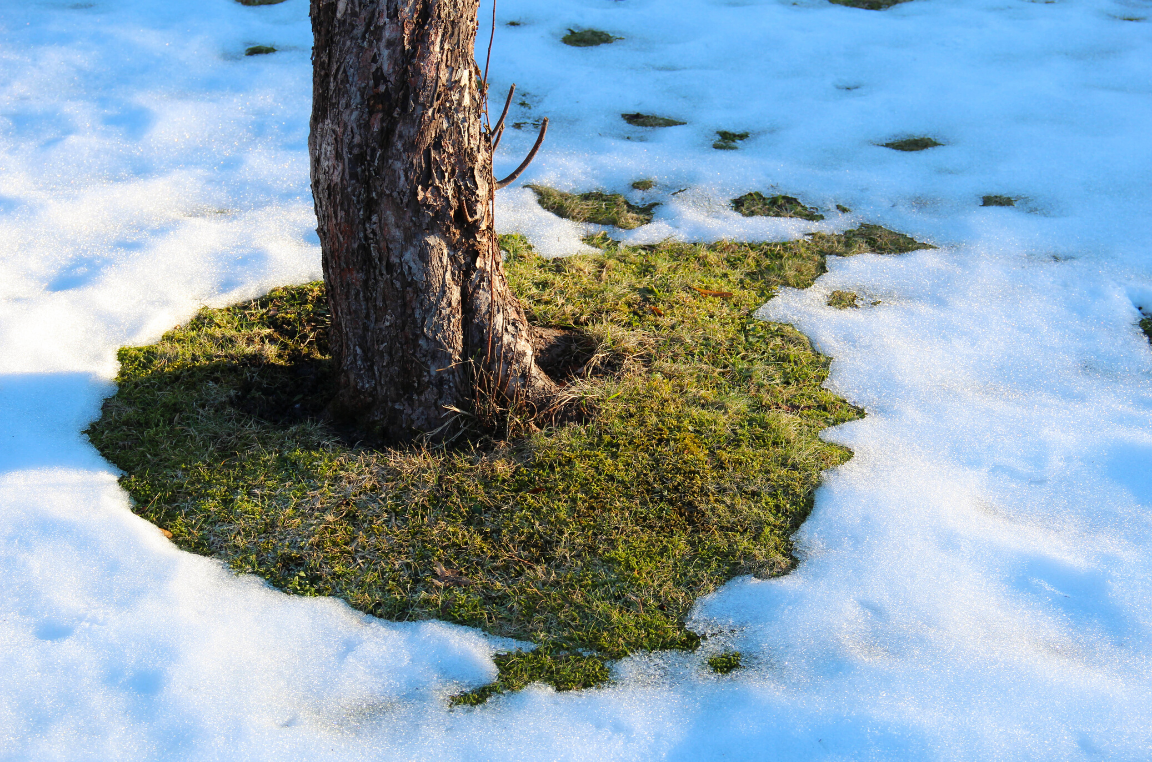
Corona Virus and Residential Construction: Business – Not As Usual
March 31, 2020
New CMHC Mortgage Rules on July 1
June 15, 2020
Winter is holding on for dear life this year, but it does appear that we’re finally starting to see some signs of spring trying to claw its way onto the scene. We’re getting some sunny warm daytime temperatures, the days are getting noticeably longer, and even though it KEEPS snowing…it’s at least starting to melt during the day. Unfortunately, we’re still experiencing atypically cold nights, and this combination is wreaking havoc with the freeze/thaw cycles, as the snow & ice on homes melts, flows down from the eaves & downspouts around homes, and then freezes overnight.
One of the most frustrating aspects of this is the constant and repeated formation of dangerously slippery ice on surfaces such as sidewalks & driveways, often times in the most inconvenient places where everyone walks the most. That leads to a neverending battle of scraping, applying ice melt, sand, etc.
People are often confused as to why the ice specifically seems to form in these places when homes ought to be designed with positive drainage away from the building, and the melting snow & ice should be running far enough out that when it freezes at night, it’s in locations that don’t create a hazard.
The truth is, all homes- and other building types for that matter, are in fact designed and constructed with positive drainage……in the summer. All landscaping & concrete flatwork is by necessity completed during the less than optimally brief summer season, at which point there is no frost in the ground. Engineering & industry standard practice is to have slope away from buildings in the range of 2-5% to ensure that during major rainfall events during spring, summer & fall, the majority of the water is directed away from foundations to prevent long term problems. Much more slope than this is generally not ideal as it’s not user friendly for walking, parking, etc and people just tend to prefer commuting & working on relatively flat surfaces.
But for nearly half of the year in our part of the world, most of the ground is frozen, and depending on the type of soil conditions, moisture content, etc. this can result in mild, to moderate and in some cases substantial frost heave. This is when the
moisture in the soil freezes and expands forcing the ground and everything above it to actually rise- anywhere between a few centimetres to a few inches. Now, if everything actually moved up the same amount this would basically go unnoticed- but in actuality, it varies substantially from one area to another, and further complicating things is that buildings are specifically designed to be immune to frost heave by having the bearing for the foundations well below the frost line to prevent all types of structural problems that would be associated with differential movement.
So, in essence all buildings stay in place while the world around them rises. Typically, due to natural heat loss from the buildings & foundations, the ground closest to the building doesn’t actually freeze and expand, so the end result is that in the winter…what was once positive slope on landscaping, sidewalks & driveways becomes negative slope temporarily.
Knowing all of this doesn’t really do anything to make the issues go away, but sometimes a more in depth understanding of why things are makes it more bearable to deal with.
Here’s hoping to warmer temperatures and no more frost soon!




